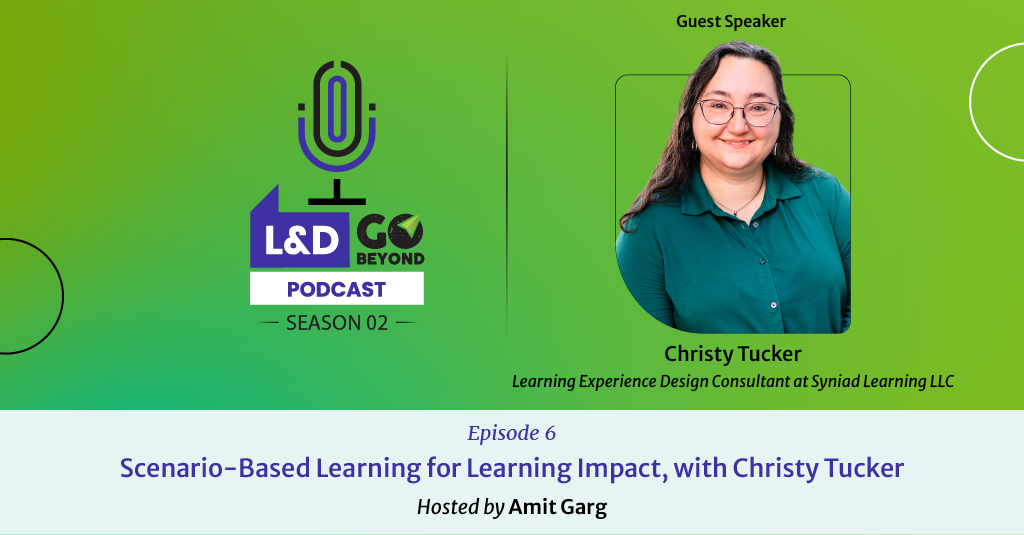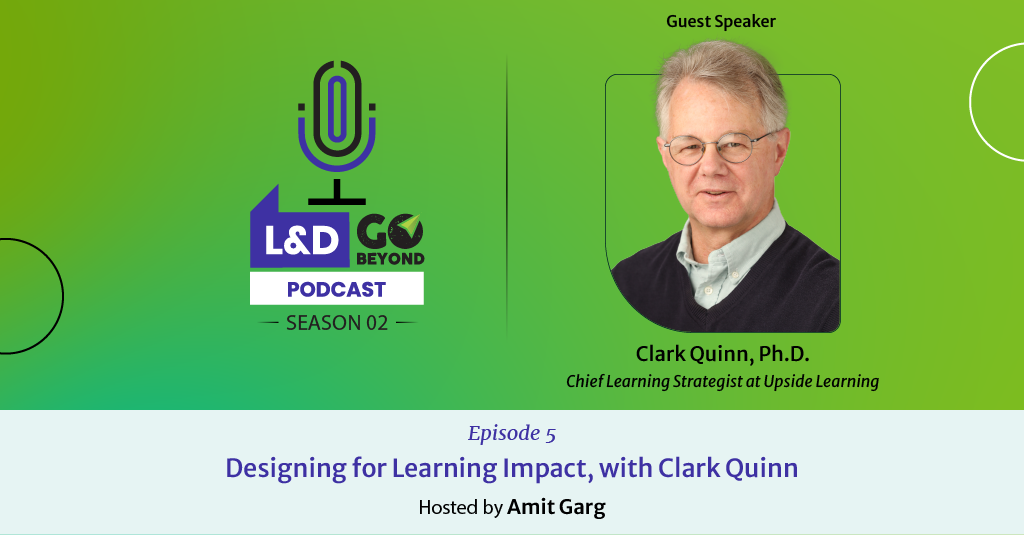I have the archetypical ‘goldfish memory’ when it comes to books and movies. Every time someone quotes a movie dialogue or a line from a book, I’ve felt a tinge of envy – especially when it’s to do with a topic I’m personally interested in.
Aren’t we supposed to remember things that we naturally take an interest in?
Turns out, it’s not that simple. ‘Taking interest’ in something, by itself, is not enough to codify it into long-term memory – and to be honest, that’s perfectly fine. Not everything needs to be remembered long-term (I’m all for a de-cluttered brain). But for the things that do, we need to be more deliberate about designing intelligent learning interventions that leverage memory-related research to enable long-term retention of key information.
In my previous blog within this series, I made a case for leveraging spacing to counter the Forgetting Curve. Spacing is an incredibly versatile tool that can be incorporated at every stage of a learning intervention to maximize its effectiveness.

Figure 1: Stages of an Effective Learning Intervention
Spacing in the Encoding Knowledge Phase
Content Dripping
Microlearning has been quite the buzzword these past few years. It relates to breaking down dense content into easily digestible nuggets. However, one important aspect that has by-and-large been ignored, is that of scheduling these content nuggets and delivering them in stages.
Nuggetized learning, if not spaced, is as good as creating one long, complex dump of content, which overwhelms learners. The spacing between nuggets, if planned intelligently, can help learners get comfortable with one level of knowledge before proceeding to a next one.
It also creates a routine over time, allowing learners to process and play with the knowledge they have already gained, before moving to the next set of (possibly more complex) topics.
Spaced Repetition
As we know by now, repeated exposure to a concept over a period helps move it to long-term memory. This strategy becomes even more effective when the information is presented in a different context each time – i.e., the same concept can be defined in one nugget, presented with an example in a second one, and as a case study/scenario in a third one.
On one hand, the repetition increase familiarity with the concept, while on the other hand, the variety of contexts deepens the learners’ understanding of it, making it easier for them to apply it in different situations.
Spacing in the ‘Providing Contextual Practice’ Phase
Spaced Practice
Practice that requires learners to retrieve learning from memory, has been found to be a much more effective mode of remembering that learning, than revisiting the content repeatedly.
Spacing this retrieval practice effectively is a great way to convert knowledge into long-term learning. According to the book ‘Make it Stick’, when practice is spaced, learners are required to “reload or reconstruct the components of the skill or material anew from long-term memory rather than mindlessly repeating them from short-term memory”. This process helps learners build stronger connections between various aspects of the topic, in turn reinforcing its meaning and varied contexts.
Practice Loops
One of the most common learning requirements organizations have, is to build proficiency amongst their workforces. This means they should be able to apply multiple skills in combination, for achieving desirable outcomes.
Loops of practice essentially mean an activity or a set of activities that is repeated over and over, until you reach proficiency in them. In such a case, the first level could involve activities that are designed to teach an individual skill in isolation. As the learners get better at applying each skill in isolation, the next level could involve more complex activities that require learners to combine multiple skills. The pace at which this progress happens could be completely customized, based on individual skill and required proficiency levels.
If these loops of practice are spaced meaningfully, they allow for some forgetting time and reflection time, helping make the progress through these loops more significant and long-lasting.
Spacing in Testing
Testing as a Tool for Learning
We are used to seeing testing as a measure of the effectiveness of the preceding learning. How about flipping the context and seeing it as a tool that allows you to compare ‘the feeling of confidence’ to the actual ‘demonstrated level of proficiency.’
When used in that context – regular, spaced testing can provide insights into the gaps in learning, the movement of individuals between levels of proficiency, and an insight into the skill inventory within a team/organization.
In Conclusion…
The expectations from learning have evolved drastically in the past few years – from learning-centric outcomes to performance-centric ones.
It’s time we took off our blinders and took a good hard look at the bigger picture – and if it scares us, we’re better off ditching feeling-based learning design in the favour of research-backed findings that can help us achieve more measurable outcomes.
Spacing is the tip of the iceberg; it is time to explore more deliberate tools and frameworks that have shown measurable results in creating an impact on performance.
References:
- Make it Stick: The Science of Successful Learning (Book by Henry L. Roediger III, Mark A. McDaniel, and Peter C Brown)
- Quinn, C. N. (2011). Designing mLearning: Tapping into the mobile revolution for organizational performance.
- Spacing Learning Events Over Time: What the Research Says (Will Thalheimer)
- Storm, Benjamin C. “The Benefit of Forgetting in Thinking and Remembering.” Current Directions in Psychological Science, Vol. 20, No. 5. October 2011.
- https://people.ucsc.edu/~bcstorm/s_2011b.pdf














